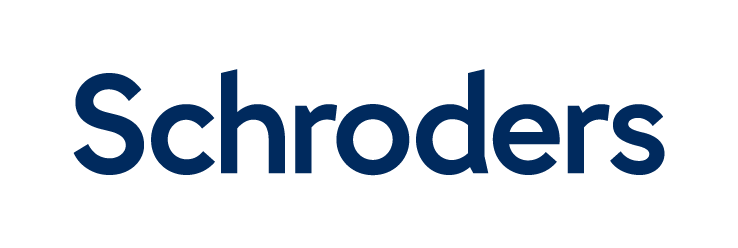This time last year, Federal Reserve (Fed) Chair Jerome Powell held a video call from someone he thought was Ukrainian President Volodymyr Zelensky. It was instead a pair of Russian pranksters, who subsequently released a clip in which Mr Powell appeared to claim that the central bank didn’t know of a “painless way for inflation to come down.” While the Fed questioned the veracity of the clip, most economists agreed that either a recession or anaemic growth was needed to achieve price stability.
However, the ensuing 12 months have proved humbling for the profession. The economy proved remarkably resilient in the face of restrictive rates, with GDP growing by an estimated 2.5% and non-farm payrolls averaging 225k per month. But core CPI eased from 5.7% to 3.9% over the same period and inflation fell even more sharply after stripping out the sticky shelter category, which dominates 40% of the index. On this narrower core CPI measure, prices are now just 2.2% higher than a year ago.
Shelter inflation appears to be on a glide path back to trend as lower rents eventually feed through. And core goods prices are likely to remain stable or even decline, even accounting for the recent disruption in the Red Sea. What remains less certain, however, is whether core services less shelter (or ‘supercore’) will moderate. Given that this is the closest reflection of domestic price pressures, it will ultimately determine if and when the Fed cuts rates this year.
Chart 1: Shelter and core goods losing altitude, but core services remain elevated

How ‘supercore’ inflation shapes up this year will largely hinge on developments in the labour market, given that staffing is the biggest cost for most service-providers. Encouragingly, much progress has been made in rebalancing the labour market after the pandemic. Hiring intentions are being reined in gradually and immigrants are replacing workers who have taken early retirement. Also, the number of people leaving their jobs has fallen, suggesting that there is less churn and competition for workers. While this would ordinarily precipitate a moderation in wage growth, this is by no means guaranteed. Particularly as it will be an election year, which will almost certainly see a rematch between Joe Biden and Donald Trump. The potential for two very different outcomes could keep labour demand elevated, given that companies typically forgo investment during periods of uncertainty. Instead, firms may instead opt to use the flexibility afforded by the labour market to meet fluctuations in demand.
Because of this, wage growth could remain firm, and productivity might prove weak. The combination of which would ultimately result in upward pressure on unit labour costs and, by extension, supercore inflation. And so, whilst investors are pricing in a near 80% probability that rates will be cut in March, this appears premature as risks to inflation still appear to be skewed to the upside and given the cautious tone adopted by the committee.
Chart 2: Core services inflation should cool as the labour market further rebalances

However, it might not be much later before rates are cut. Growth is set to weaken, and the jobs market is poised to normalise this year. Against this backdrop, the current policy stance is becoming overly restrictive, particularly in real terms as inflation moderates. And with the lags between policy action and the economy appearing to have lengthened, the committee cannot afford to wait for full confirmation that inflation has been beaten.
For these reasons, we expect the first rate cut to come in June followed by easing at every other meeting until the end of 2024. But by the turn of the year, the data should convincingly show that restrictive rates are no longer necessary, such that we expect the Fed to then cut at every meeting to bring rates back to neutral. Our estimate is that this is around 3.50%, based on an assumption that real neutral rate of interest is in the region of 1.25% to 1.50%.
Chart 3: Falling inflation will open the door to rate cuts by the Fed

Important Information
For professional investors and advisers only. The material is not suitable for retail clients. We define “Professional Investors” as those who have the appropriate expertise and knowledge e.g. asset managers, distributors and financial intermediaries.
Any reference to sectors/countries/stocks/securities are for illustrative purposes only and not a recommendation to buy or sell any financial instrument/securities or adopt any investment strategy.
Reliance should not be placed on any views or information in the material when taking individual investment and/or strategic decisions.
Past Performance is not a guide to future performance and may not be repeated. The value of investments and the income from them may go down as well as up and investors may not get back the amounts originally invested. Exchange rate changes may cause the value of investments to fall as well as rise.
The views and opinions contained herein are those of the individuals to whom they are attributed and may not necessarily represent views expressed or reflected in other Schroders communications, strategies or funds.
Information herein is believed to be reliable but Schroders does not warrant its completeness or accuracy.
Issued in January 2024 by Schroders Investment Management Ltd registration number: 01893220 (Incorporated in England and Wales) which is authorised and regulated in the UK by the Financial Conduct Authority and an authorised financial services provider in South Africa FSP No: 48998










